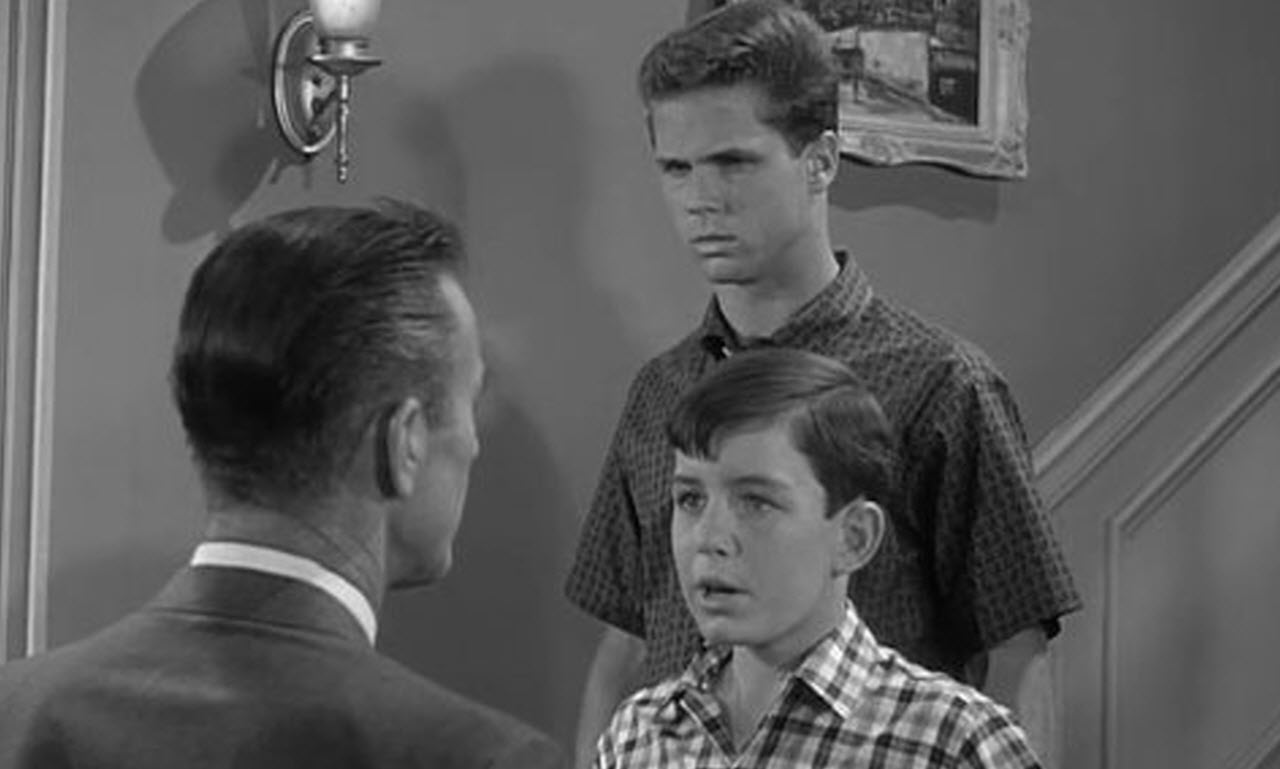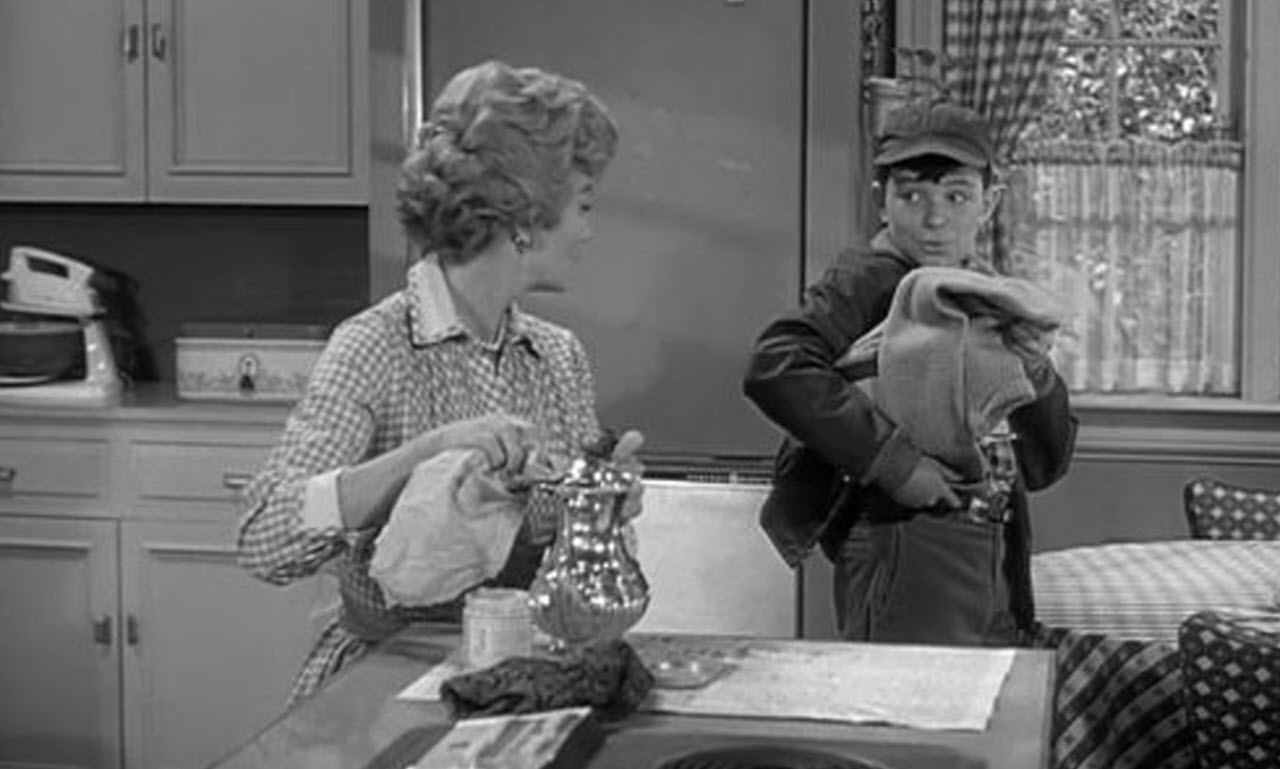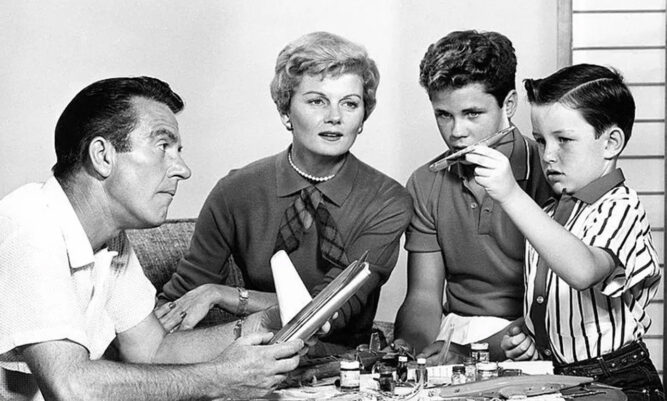Everyone knows Leave It to Beaver. Even decades after it first aired, its wholesome depiction of suburban life has left an indelible mark on popular culture. For many, it’s the embodiment of the ideal American family—perfectly polished and carefree. Yet, few know the secrets behind its creation, the imperfections hidden behind the iconic smile of June Cleaver and the innocent pranks of Beaver himself.
It wasn’t always so perfect.
The show, created in 1957, was meant to represent an idealized version of family life. However, behind the scenes, things were anything but ideal. The cast often struggled with their roles, while the production team fought against time and budget constraints. There were mistakes, disagreements, and challenges that, like any good sitcom, rarely made it to the screen.

Take the lead actor, Jerry Mathers, who played Beaver Cleaver. Though he appeared to be the picture-perfect boy, his on-set life was a different story. As a young child, Jerry found the rigid structure of the show difficult to navigate. He wasn’t allowed to do many of the things that most kids his age were doing. He often spoke about how he would sneak away to watch cartoons in his trailer, longing for the freedom his character didn’t get to enjoy.
But the behind-the-scenes drama didn’t just involve the kids. Barbara Billingsley, who portrayed the ever-gracious June Cleaver, was a seasoned actress by the time she joined the show. However, the pressure to maintain the perfect image of a 1950s housewife weighed heavily on her. In one instance, Billingsley famously broke a prop vase during a rehearsal. She laughed it off, but the crew was on edge, knowing they had to stay within the strict budget constraints.
Then there was Hugh Beaumont, the actor who played Ward Cleaver. On-screen, he was the strong, stoic father. Off-screen, however, he had his own personal challenges. He was constantly dealing with his own family issues, and there were times when he would bring his frustrations to set. It was said that his strained relationship with his real-life wife often led to on-set tensions, making some of his scenes feel more intense than they should have been.

And perhaps the most notable behind-the-scenes mishap came in the form of the show’s iconic set. The Cleaver home was actually a carefully constructed façade, and many of the props were poorly made or often malfunctioned. One famous incident involved the family’s refrigerator. The door would frequently get stuck, leading to several takes where the actors had to awkwardly force it open, breaking the immersion for anyone watching.
Despite all the imperfections and challenges, Leave It to Beaver endured. It became a cultural staple, and what was once a modest production became a symbol of mid-century America. The actors and crew worked tirelessly to perfect their roles and make the best show they could, even though behind the scenes, they were anything but perfect.
In the end, the show’s enduring success wasn’t because it was flawless—it was because it was relatable. It captured the spirit of the times, the imperfections of family life, and the moments of joy that made it all worthwhile. And although the actors and crew may have faced their own struggles, they were able to give the world a show that would remain timeless.
